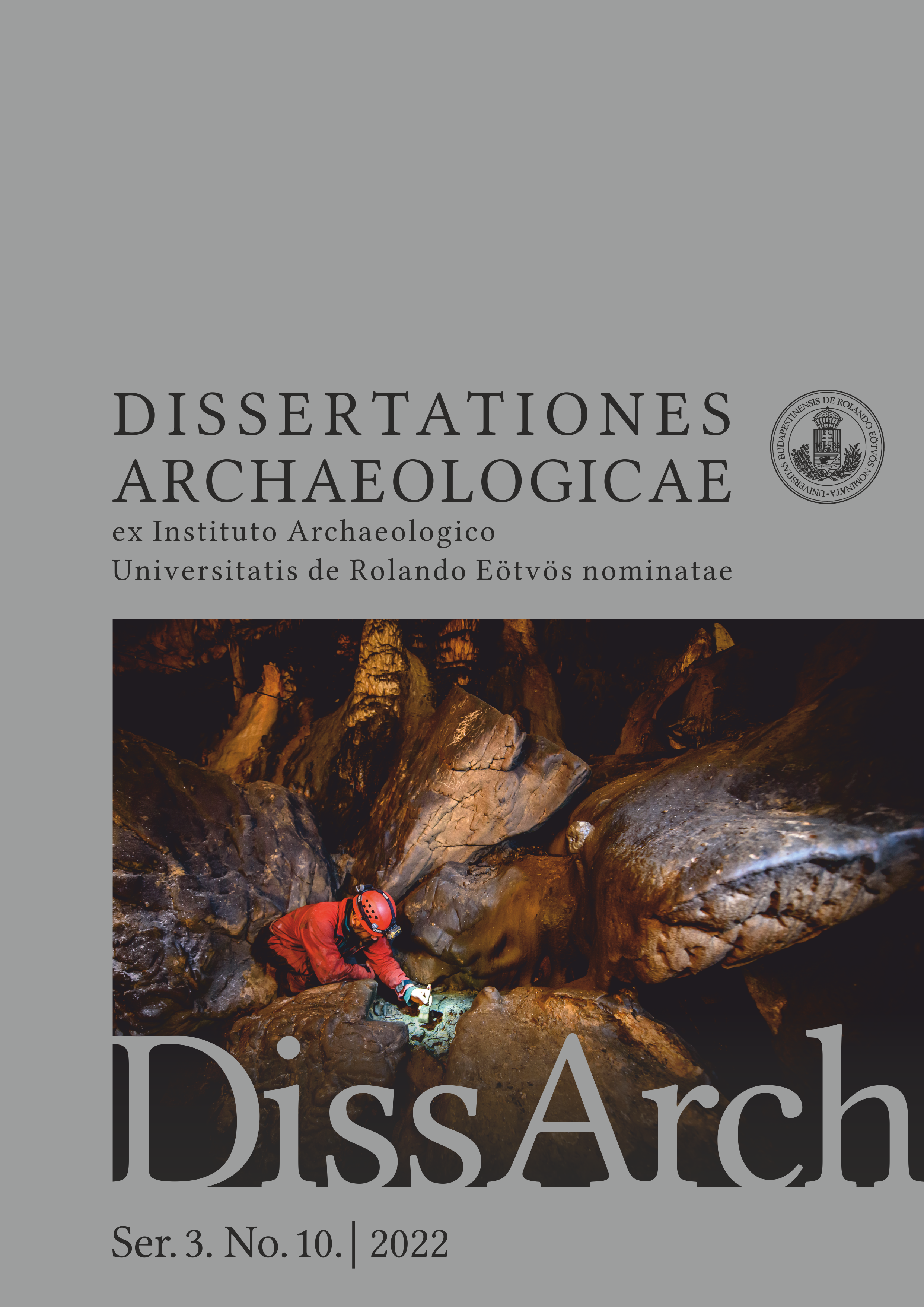The Vámoscsalád-Kavicsbánya Site (Vas County): Preliminary Results of the Evaluation of the Lithic Assemblage
Published 2023-03-31
How to Cite
Abstract
The archaeological artefacts of the Vámoscsalád-Kavicsbánya site were discovered, collected and preserved by István Marton and his brother, András Marton, mineral collectors from Mesterháza, in about 2015. The slight elevation on a terrace of the Répce River was mined for the M86 highway in 2012–2013. Apart from knapped stone tools, the main subject of our paper, several polished serpentinite and greenschist tools have been recovered from the site, which could be in use between the Neolithic and the end of the Bronze Age. Only a few potsherds indicated a settlement of the Transdanubian Linear Pottery culture (TLPC). Of the Copper Age, Lengyel III and Baden pottery fragments and a clay spatula are worth mentioning. Almost the entire Bronze Age is represented, the most exciting find being a rim fragment of a bowl, decorated with an encrusted geometric pattern on both sides, of the Somogyvár–Vinkovci culture.
Given the presumed mixed character of the knapped stone record of the Vámoscsalád-Kavicsbánya site (as the finds were not recovered from a closed stratigraphic context), we looked for possible cultural analogies and relationships, primarily those corresponding to the system of raw material–technology–typology. Although the pottery fragments of the TLPC recovered from the site are few and uncharacteristic, and the recovered finds may represent more than one phase, the knapped stone assemblage most likely represents the industry of the Middle Neolithic cultural unit, as suggested by raw material composition, technological features, type distribution and characteristics of the retouched tools. It is perhaps even possible that we are dealing with relatively old, if not the oldest TLP finds ever unearthed in the county.


